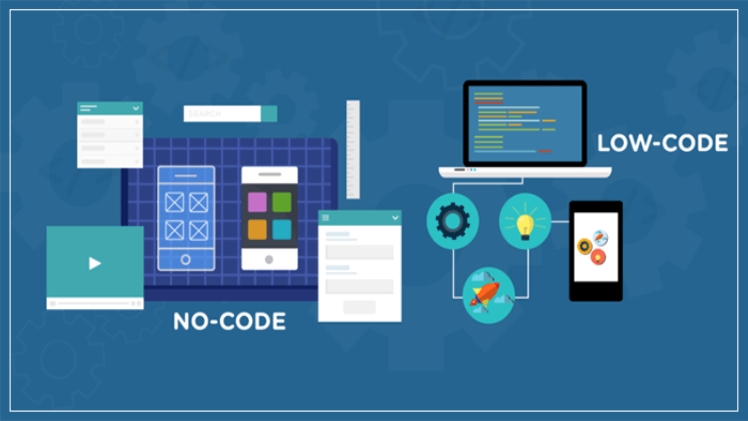Recently, with the advent of new technology, the number of smartphone users has increased dramatically. The number of smartphones that people use is growing, so the need for mobile applications is growing. There are many purposes people use mobile apps for: entertainment, movie booking, daily scheduling, shopping, etc. The workflow is also being modernized through the use of these mobile apps as they help in helping employees as well as the team.
Indeed, this opens up great opportunities for mobile app development services as they meet the needs of people by developing mobile apps. There are many ways to build an application, such as a mashup or low-code application development. Among which most suitable option is low code development procedures; this is gained so much popularity.
Whatever; if you want to framework on low code application development platforms, you need to know about low code development platforms features. That’s why you can read this guide from top to bottom; here are some things that can help you fulfill your requirements.
What is low code platform?
The low-code platform is the environment required for low-code development. Development can be realized mainly by visual modeling instead of development based on coding in conventional programming languages.
It is used for development but not called a “development tool ” because most low-code platforms take the form of aPaaS provided on the cloud, not only for development but also for the operation of completed applications. This is because we support it consistently.
In recent years, many low-code platforms have appeared, and low-code development that is not based on coding is attracting more and more attention. If you want to learn more about the best low code platform, you can visit this mendix vs powerapps vs outsystems vs Wavemaker low code alternatives.
What are the Main features of low-code platform?
It is a low-code platform that can realize efficient and speedy development, but what kind of functions do you have? Actually, low code platform’s main features is like same Hybrid mobile app development platform. Here is below given the main functions of the low-code platform.
Components are reusable:
The low-code platform provides reusable components. Various features can be used, including those that place data on the screen by linking with a database and those that provide a function that links with AI.
Others can take advantage of third-party developed components. These reusable components underpin visual modeling on low-code platforms.
Support for various architectures:
In order to develop a core system compatible with enterprise architecture, it is necessary to link with various systems. In that respect, the low-code platform is compatible with many major operating systems and databases.
In addition, it is possible to link with external systems via a wide variety of APIs freely. In this way, the low-code platform has the scalability and open architecture that can be used to develop mission-critical systems of large companies.
Visual modeling:
The low-code platform is based on model-driven development. And it has the feature that anyone can quickly realize program development by visual modeling.
Without programming, you can create a program by arranging the required flows and components on the screen by dragging and dropping, and setting them. On the other hand, it is also possible to customize the element by coding by an engineer with programming skills as needed.
Code extension:
A no-code tool that does not use code has the characteristic of creating a simple application using the functions provided in advance. But, for low-code platforms, coding also gives the user the freedom to extend the component’s functionality.
As a result, various customizations can be made according to individual user requirements. And it is possible to handle complex and large-scale system development.
Why does demand low-code development increase?
Currently, there is a shortage of engineers, and it is clear that the demand for engineers will continue to increase. Human resources requirements are becoming more sophisticated, it is challenging to identify skills, and it will be tough to acquire skilled engineers.
In such a case, by incorporating low-code development, even inexperienced people can develop the system. It will be possible to grow while utilizing the resources of new engineers without spending development man-hours.

